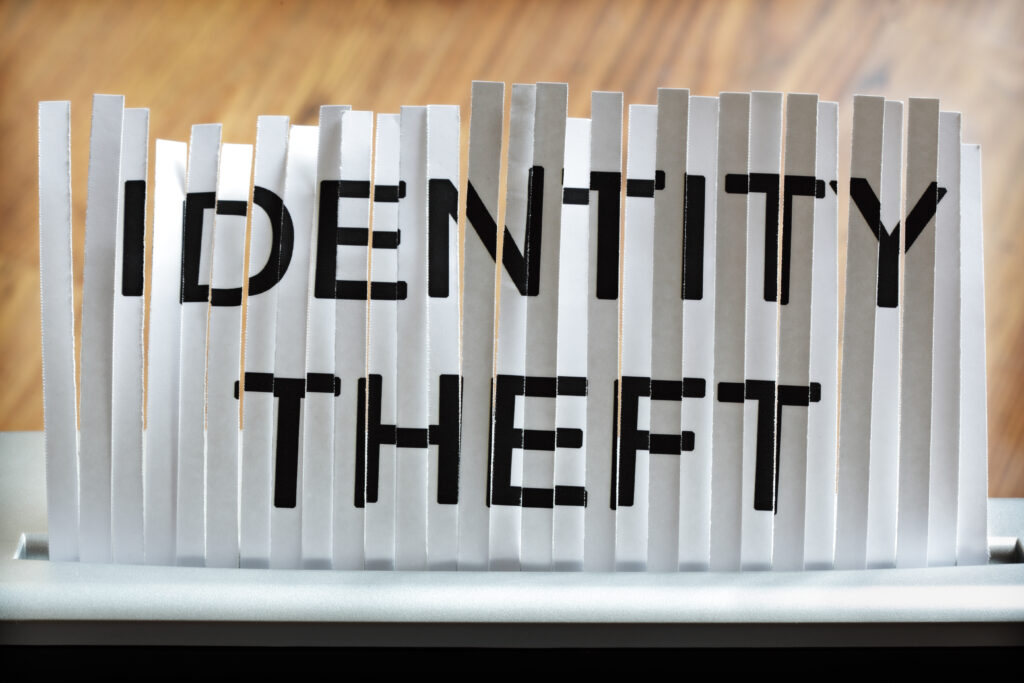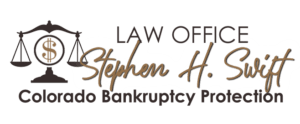
As more and more people use electronic means to do their banking, pay their bills, or make purchases, many are becoming victims of identity theft. Once a hacker gets access to your personal information, such as your Social Security number, he or she can run up significant debt in your name, or worse yet, empty your bank account. Unfortunately, the increasing occurrence of identity theft has led to a rising tide of personal bankruptcy filings.
Given the high profile cases of hackers breaking into credit-card payment systems and stealing data, all identity theft cannot be prevented, but there are many steps that you can take to reduce the risk. When someone fraudulently charges items on your credit card, they take advantage of your good record opening new accounts in your name. In most cases, hyper-vigilance is your best protection.
Here are some ways you can prevent identity theft:
Shred it. Think twice before letting bills, statements, receipts, and solicitations leave your house in one piece. Always shred financial and medical statements, pre-approved credit card offers and other solicitations, preferably with a cross-cut shredder.
Think like a thief. Before throwing anything away, check to see whether it includes any valuable identifying information that could potentially be used by an identity theft.
Lock it up. To avoid thieves who steal credit-card offers from your mailbox or intercept bills waiting for the postal carrier, get a secure mailbox. If you’re home a lot, you can install a device that lets you know when your mailbox has been opened.
Stash it. Rather than throwing away receipts and other documents at the airport, shopping mall or the office, bring them home and then shred them.
Practice financial diligence. Protecting your credit and your banking and brokerage accounts is worthy of special effort. Among other things, keep your checkbook out of sight at all times and store blank checks in a secure spot.
Red flags. If you receive a notice that your email address or mailing address has been changed, it’s a clear sign that someone could be trying to hijack your account. Contact the sender immediately.
Conduct financial checkups. Monitor all your financial accounts on a regular basis, looking for any unusual transactions. If you notice any improper charges or withdrawals to your account, report them immediately.
Freeze it. If you notice suspicious activity, you can add a security freeze to each of your credit reports, preventing the credit reporting agency from releasing any information about you without your expressed authorization. These freezes must be lifted if you plan to apply for credit.
Reduce your risk. You can cut your chances of identity theft by taking other steps to reduce unwanted solicitations and protect your information. You should also be diligent about managing important documents.
Cut junk mail. You can reduce unsolicited mail by going to the Direct Marketing Association web site at www.DMAchoice.org and setting your preferences. Choosing to be contacted by email instead of mail reduces the opportunity for identity thieves to obtain your information.
Be password savvy. Give each of your high value online accounts a unique password that includes symbols as well as letters and numbers. Memorize those passwords whenever possible, but if you must write them down, keep them in a locked safe or drawer. Before disposing of an old computer, consider a data wipe utility program to prevent the recovery of information from your hard drive.
Don’t be a phishing victim. Phishing refers to emails that appear to be from your bank, brokerage or cell phone provider; but they are actually fraudulent emails from scammers looking for details about your accounts. They will typically ask for personal information, such as your Social Security number, account number or passwords. No legitimate company would every request that kind of information from in an email.







